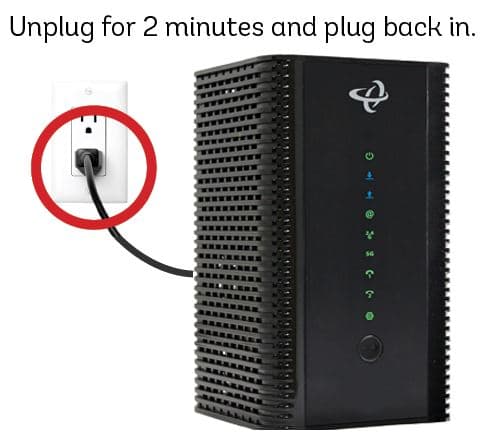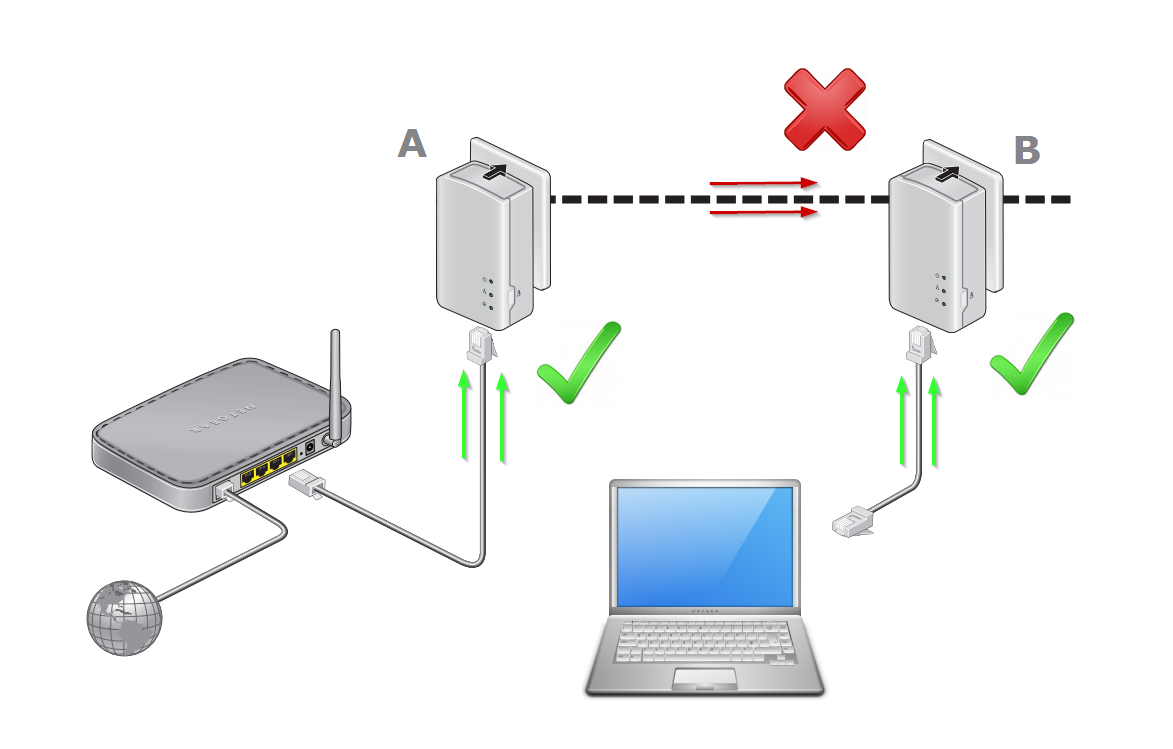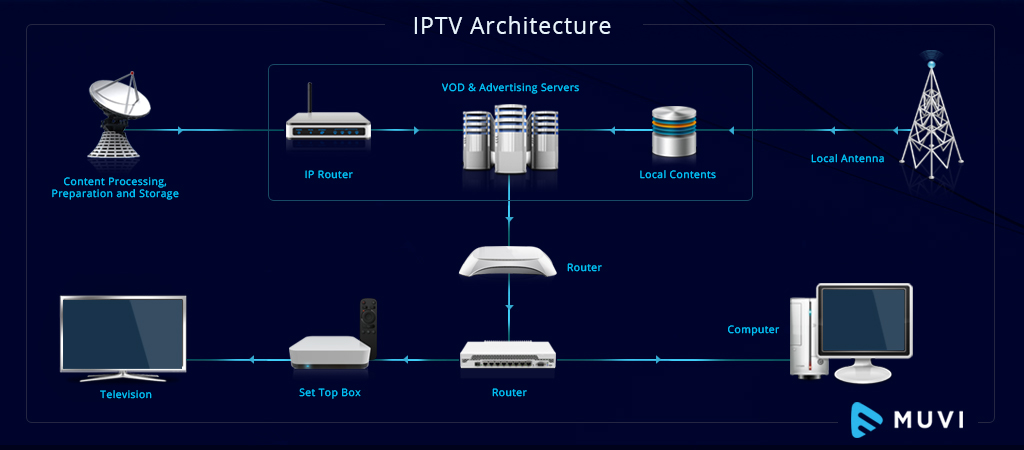Understanding Coaxial Cable Types
Coaxial cables are widely used for transmitting audio/video signals in home entertainment systems, cable/satellite TV installations, and internet connectivity. Two common types are RG6 and RG6Q, each with distinct characteristics and applications. Let’s explore the differences between these cables and help you make an informed decision for your specific needs.
RG6 Cable
Key Features:
- Thicker copper conductor (18 AWG) for better signal transfer
- Standard dielectric insulation material (foam polyethylene)
- Suitable for cable TV, satellite, and antenna signal transmission up to 3 GHz
- Maximum bandwidth capacity of around 3 GHz
RG6 cables are the industry standard for analog and digital cable TV, satellite TV, and antenna installations in residential settings. Their affordable cost and adequate performance make them a popular choice for basic setups.
RG6Q Cable
Key Features:
- Thinner copper conductor (18 AWG) with a quad-shielded design
- Uses a different insulation material (foam polymer) with lower dielectric constant
- Designed for higher bandwidth up to 5 GHz for future cable/satellite standards
- Better shielding reduces interference and signal leakage
RG6Q cables are engineered to support higher bandwidths and provide better shielding against electromagnetic interference. They are recommended for:
- Future cable/satellite standards like DOCSIS 3.1 and higher
- Long cable runs (over 100 feet) to minimize signal loss
- Areas with high electromagnetic interference
- Supporting higher resolutions (4K, 8K) and data rates
While RG6Q offers superior performance, the difference may not be noticeable for basic cable/satellite TV setups. However, for future-proofing or optimizing signal quality, RG6Q is the preferred choice.
Applications and Performance Comparison
RG6 cables are widely used for analog and digital cable TV, satellite TV, and antennas due to their affordability and adequate performance for most residential installations. RG6Q cables, with their higher bandwidth and shielding capabilities, are recommended for:
- Future Cable/Satellite Standards: RG6Q cables are designed to support emerging standards like DOCSIS 3.1 and higher, ensuring compatibility with future upgrades and higher data rates.
- Long Cable Runs: For cable runs exceeding 100 feet, RG6Q cables are better suited to minimize signal loss over longer distances.
- High Interference Areas: The quad-shielded design of RG6Q cables provides better protection against electromagnetic interference, ensuring a cleaner signal in areas with high levels of interference.
- Higher Resolutions and Data Rates: With their increased bandwidth, RG6Q cables can support higher resolutions (4K, 8K) and data rates, making them a future-proof choice for home theater enthusiasts and data-intensive applications.
While RG6Q offers better performance, the difference may not be noticeable for basic cable/satellite TV setups. However, for future-proofing or optimizing signal quality, RG6Q is the preferred choice, especially for new installations or upgrades.
Cost and Installation Considerations
One of the primary advantages of RG6 cables is their lower cost compared to RG6Q cables. However, the price difference is relatively small, making RG6Q a worthwhile investment for those seeking better long-term value, especially for new installations or upgrades.
Both cable types use the same connectors (F-type) and installation methods, so there is no significant difference in terms of setup complexity or compatibility with existing equipment. This makes it easy to upgrade from RG6 to RG6Q without the need for additional hardware or extensive rewiring.
Making the Right Choice
When deciding between RG6 and RG6Q cables, consider the following factors:
- Budget: If cost is a primary concern and you have a basic cable/satellite TV setup, RG6 cables may be a more economical choice.
- Cable Run Length: For cable runs exceeding 100 feet, RG6Q cables are recommended to minimize signal loss over longer distances.
- Interference Levels: If you live in an area with high levels of electromagnetic interference, the better shielding of RG6Q cables can provide a cleaner signal.
- Future Upgrades: If you plan to upgrade to higher resolutions (4K, 8K) or future cable/satellite standards, investing in RG6Q cables can future-proof your setup.
- Personal Preference: If you prioritize having the best possible signal quality and future-proofing, RG6Q cables may be the preferred choice, even for basic setups.
Ultimately, both RG6 and RG6Q cables have their strengths and applications. By understanding their differences and considering your specific needs, you can make an informed decision that ensures optimal performance and value for your home entertainment or connectivity setup.







